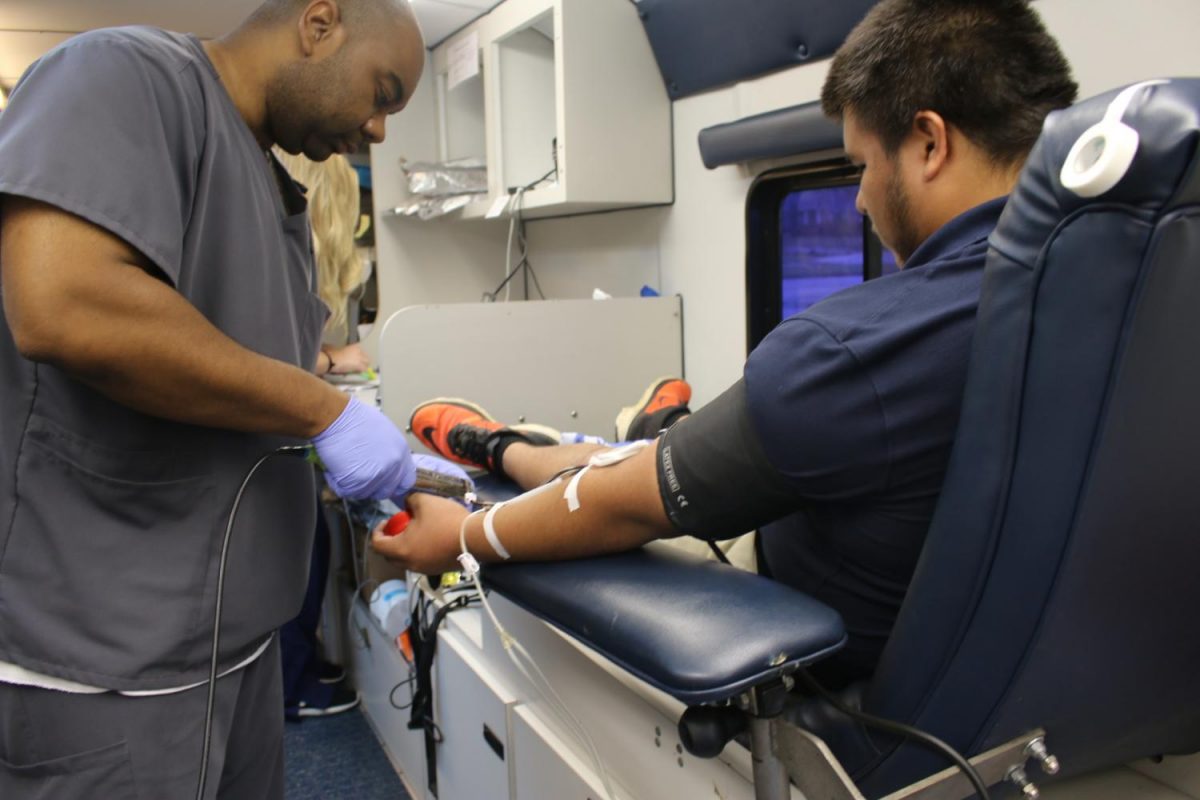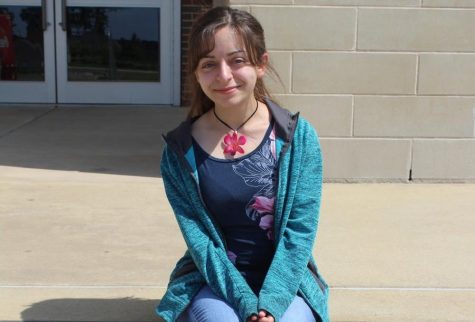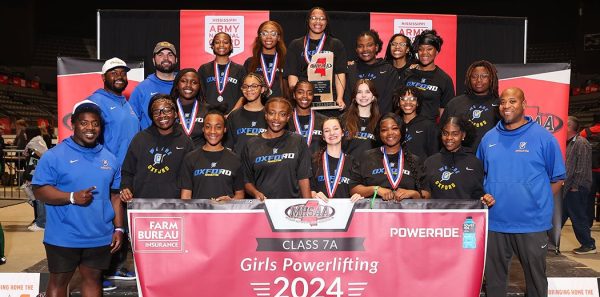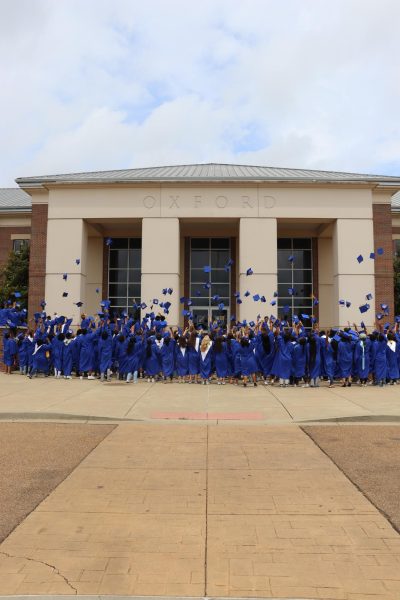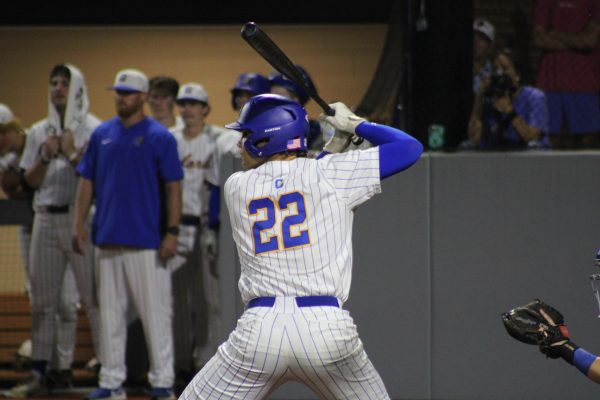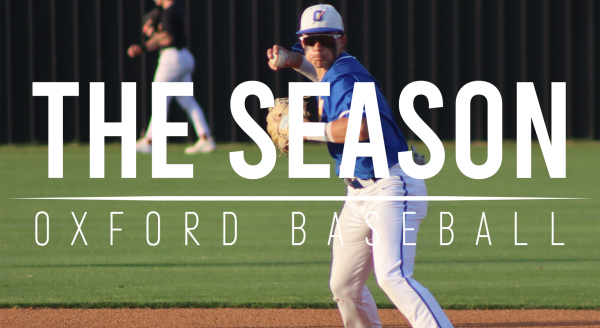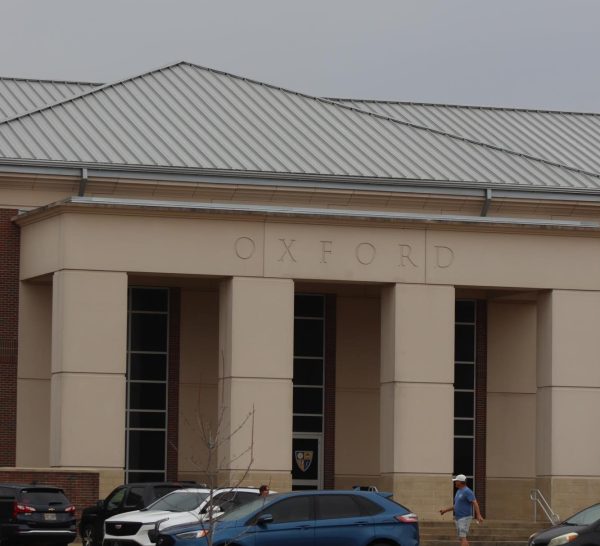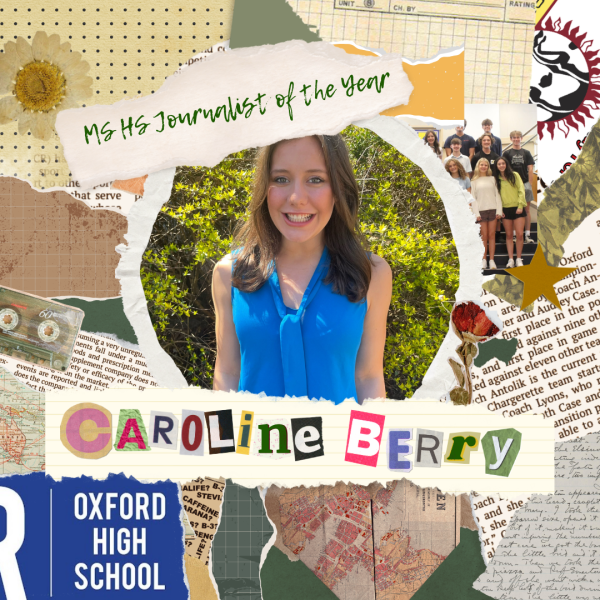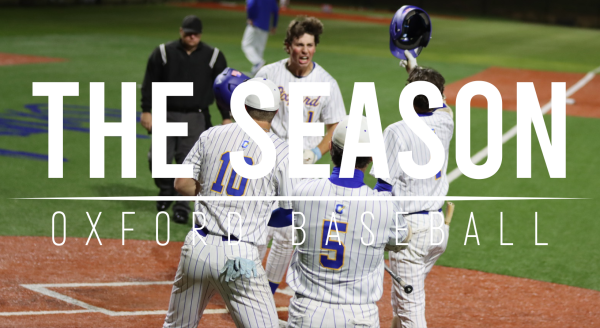Students donate blood, help those in need
Nurse Gregory Sam draws blood from junior Carlos Moreno’s arm. United Blood Services comes to Oxford High School twice a year for the blood drive.
September 24, 2017
The African American History club and Librarian Susan Kelly, helped organize United Blood Service’s bi-annual blood drive at OHS and encouraged students to donate on Sept. 12.
United Blood Services, a non-profit organization, comes to the high school every fall and spring to collect blood. Once the blood is drawn, it is brought back to the blood bank, sent to the lab to be processed, and distributed to different hospitals around the country. Donating blood comes with many limitations, such as weight, height, and age restrictions.
“I try to donate as often as I’m able to,” Kelly said. “Sometimes I have low iron, which is what a lot of females often have, so it’s hard for me to donate. But, usually every few months I make an effort to donate blood.”
The African American History club, a club centered mostly around community service, along with Kelly, organize the event every year.
“I want to help,” junior and African American History club member Khyan Freelon said. “I think it’s a responsibility for me to help people get to donate blood because most people don’t get to.”
Some students felt the need to donate blood because they wanted to help others who may struggle with blood deficiency problems.
“Well, at first, I didn’t really want to, but I’ve had family members that have had half blood [blood deficiency],” junior Carlos Moreno said. “So, I think it was a good way to help other people out that couldn’t have [enough] blood. I thought it was the right thing to do.”
After giving blood, many students experience a few minor symptoms caused by the lack of blood.
“They tell you to go up and down the stairs with a friend,” junior Claire Pearson said. “After lunch I had to go to a meeting, and it was like an hour after giving blood. I got up really quick, so my head started getting a little dizzy. That was the only bad part.”
Despite the minor symptoms after donating, according to Kelly, donating blood will help students in the long run.
“I think it will make them aware of the need for donating blood,” Kelly said. “I think when they’re older and they are working somewhere and their office is having a blood drive, they’ll sign up to do it because they won’t be afraid because they did it while they were in high school.”



